The topic addressed in this article often surfaces in online inquiries, a testament to the enduring interest, and occasional misconceptions, concerning Native American history. Yet the very phrasing—”The Most Violent Native American Tribes”—is problematic. It echoes an unfortunate tendency to generalize entire nations or tribes under subjective labels like “most violent.” The language we use shapes how we understand our world and our history. Therefore, it is essential to reframe this discussion with a more nuanced understanding.
Native American tribes, the indigenous population of America, had been living on their ancestral lands for hundreds of years before the arrival of the first Europeans. These tribes had complex societies, rich traditions, and thriving economies, based on a profound spiritual and physical connection to their lands. Yet, their world changed dramatically with the arrival of Europeans, leading to centuries of resistance as they fought to defend their way of life, their sovereignty, and their very existence.
The defense of one’s home, culture, and community against invaders does not equate to inherent violence. It is a testament to resilience, survival, and the human right to autonomy. Viewing historical conflicts from this perspective can lead to a more accurate understanding of indigenous resistance during the European colonization period.
With that in mind, let us delve into the histories of five Native American tribes that proved particularly effective in defending their independence and resisting European encroachment for an extended period.
The Apache
The Apache were known for their fierce resistance against European settlers, particularly in the Southwest region of the United States. They held out against Spanish, Mexican, and American forces for hundreds of years, demonstrating their resourcefulness and indomitable spirit. Their name itself became synonymous with resistance and courage.
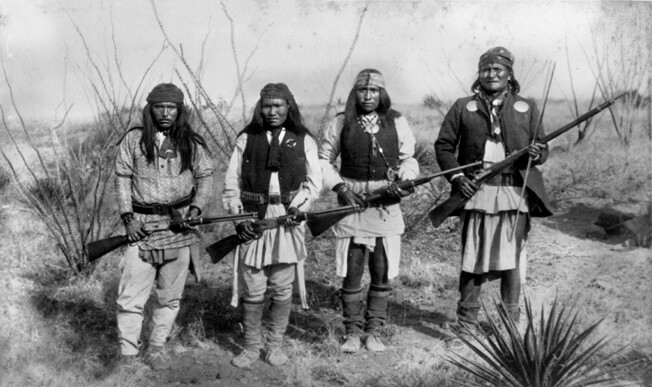
The Lakota (Sioux)
The Lakota, part of the Sioux Nation, were instrumental in many significant battles against European encroachment, including the infamous Battle of Little Bighorn in 1876. Their resistance was deeply rooted in a desire to protect their way of life and their sacred lands.
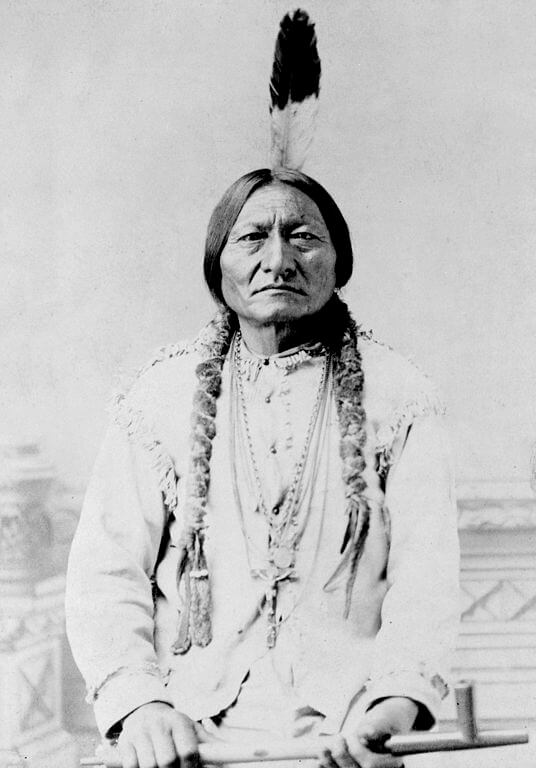
The Nez Perce
Led by Chief Joseph, the Nez Perce are remembered for their heroic 1,400-mile retreat in 1877, a strategic attempt to reach Canada and avoid forced removal to a reservation. Their journey encapsulated their determination to retain their independence in the face of overwhelming odds.
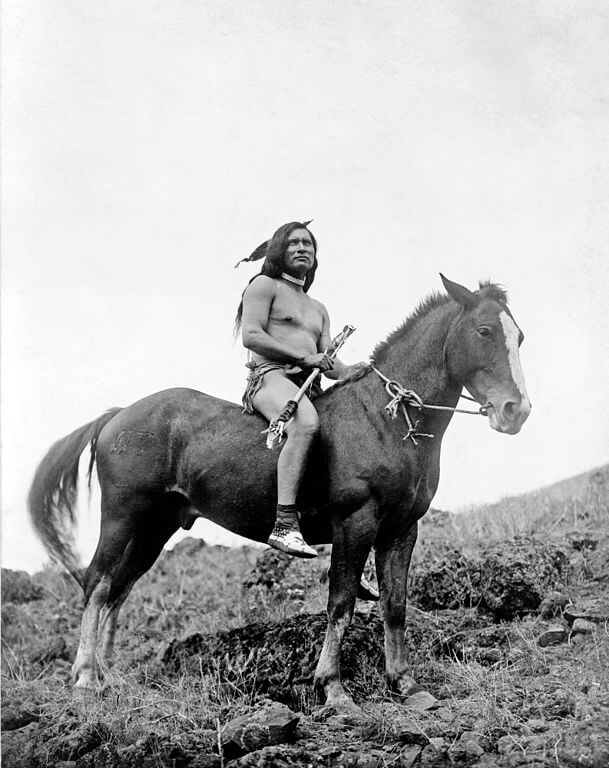
The Seminole
The Seminole tribe, native to Florida, fought against U.S. forces in the three Seminole Wars, demonstrating their determination to retain their lands and sovereignty. They never formally surrendered, and to this day, they remain a symbol of unyielding resistance.
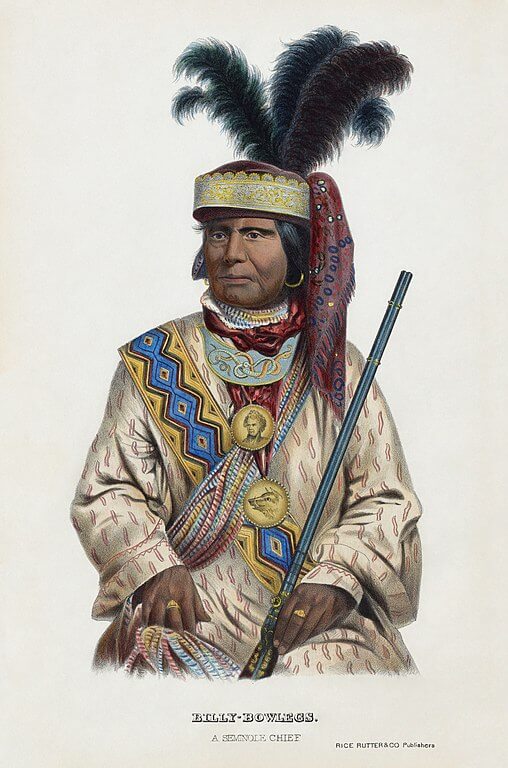
The Comanche
The Comanche were exceptional horsemen and warriors, which made them a formidable force in the Southern Plains. They effectively resisted Spanish, Mexican, French, and American expansion for nearly two centuries, earning them the nickname “Lords of the Plains.”
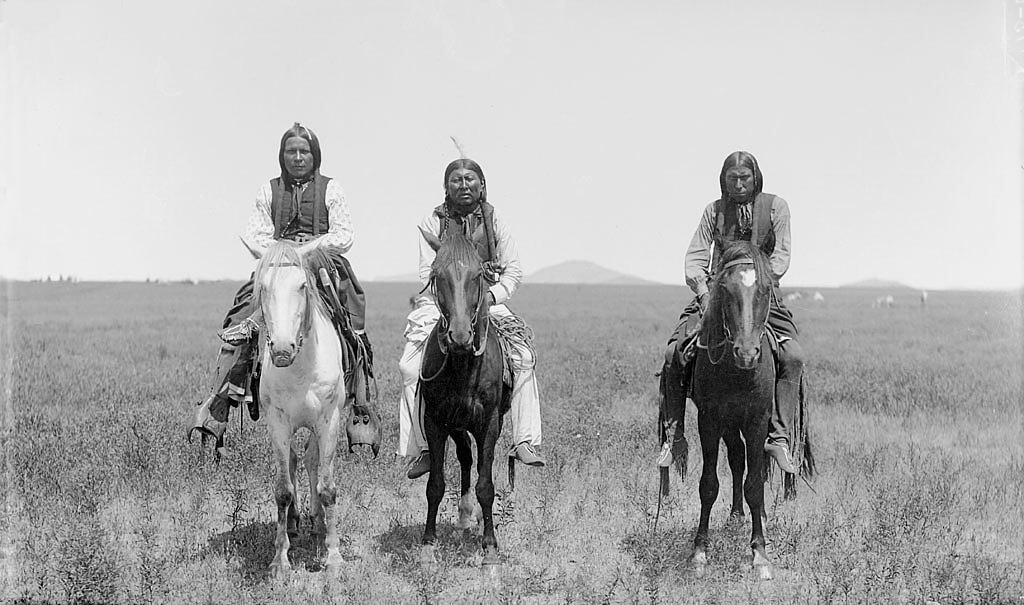
Each tribe, with its unique history and struggles, reminds us of the enduring strength of Native American peoples in the face of encroachment and cultural obliteration. The true violence in this story is not in the defense of their lives and culture, but in the systematic dispossession and erasure attempted by colonial powers. It is this perspective that we should carry forward in our understanding of history.
Historical Challenge: Can You Conquer the Past?
Answer more than 18 questions correctly, and you will win a copy of History Chronicles Magazine Vol 1! Take our interactive history quiz now and put your knowledge to the test!

